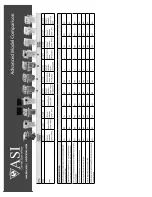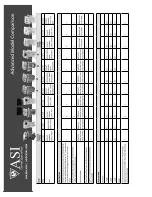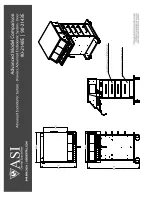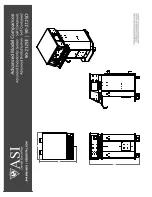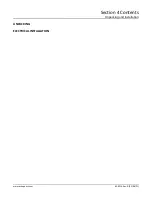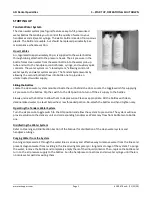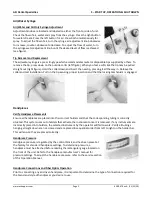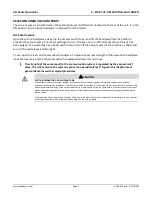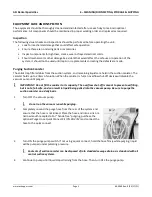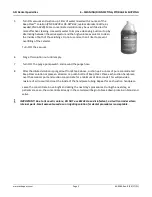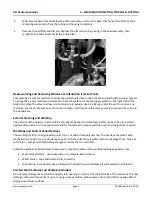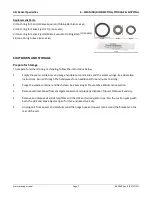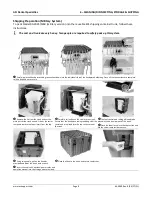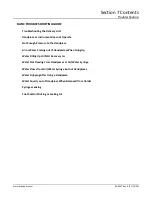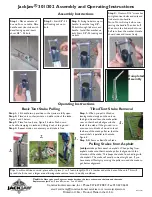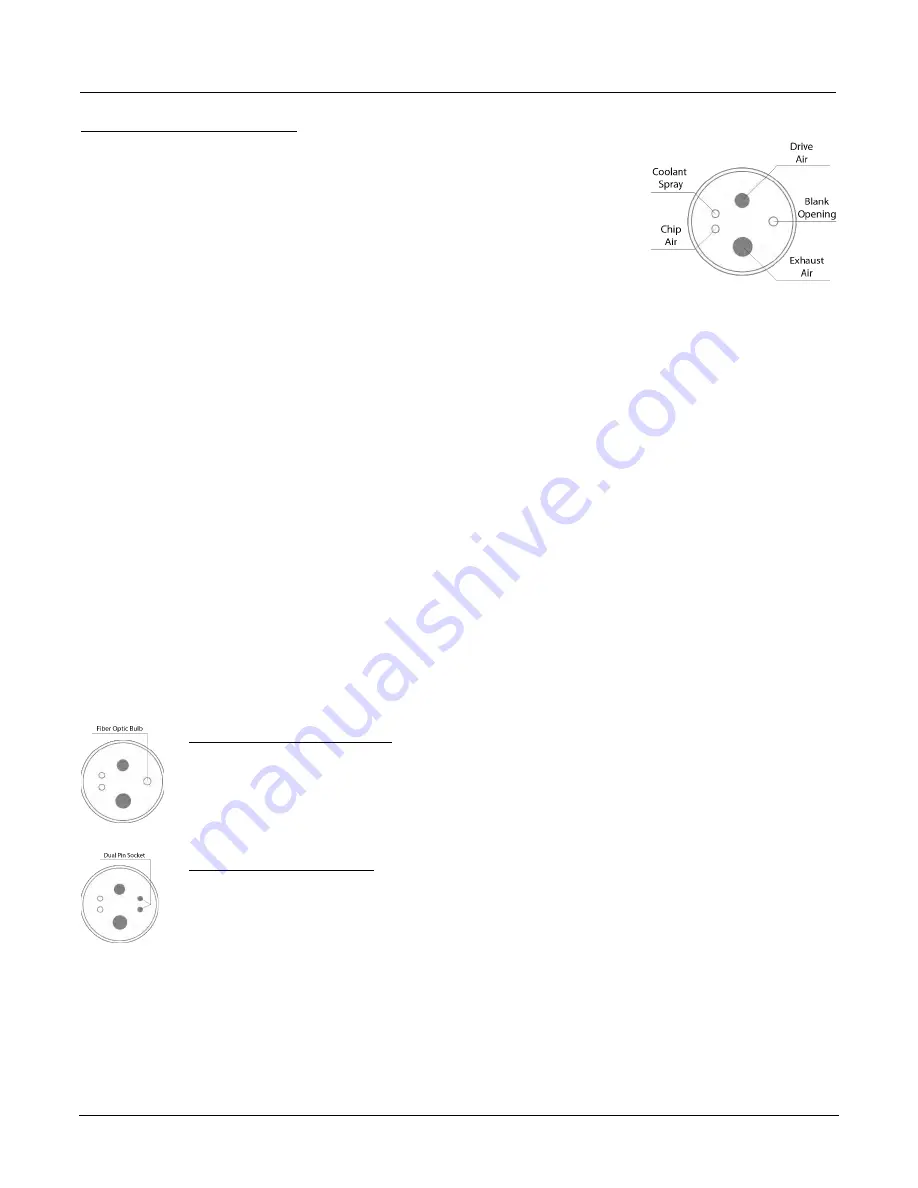
ASI Dental Specialties
5 – START UP, OPERATION & SHUT DOWN
www.asisupport.com
Page 3
65-0067 Rev-A (11/12/20)
Standard Four-Hole Connection
The pneumatic connections supplied are a standard connection used in the
dental industry which will accommodate handpieces made in accordance with
ISO standards. The connection provides the following functions:
1
Drive Air
This air pressure travels up the tubing to operate/drive the
turbine in high speed handpieces or the air motor in air low-speed
handpieces.
2
Exhaust Ai
r As the drive air leaves the turbine or air motor, it exhausts
down this tubing and exits in an oil mist recovery jar. The oil mist
recovery jar helps to trap small droplets of oil used to lubricate the
handpiece.
3
Chip Air
An air stream which blows onto the cutting bur; assists in removing debris and aids in visibility
and cutting while using a high-speed handpiece. Also used to atomize coolant spray, generating a fog
mist instead of just a stream of water. To adjust coolant spray it is important to adjust the volume of
chip air. It may also be turned off to help prevent air from blowing into a treatment such as a surgical
procedure. Not all air driven high speed handpieces are ported for chip air, so it is important to verify
this option is available for the brand of handpiece being used.
4
Coolant Spray
The coolant spray allows water to flow up to high speed handpieces and to be sprayed
onto the bur.
5
Blank Hole
This hole is non-operative, but is intended to still allow the use of a fiber optic handpiece in
the standard non-fiber optic connection.
Fiber Optics
If the system is equipped with fiber optic tubing you will need to ensure the configuration is correct for your
handpiece. To determine the style of fiber optics you will need for your handpiece, look at the back of your
handpiece or the swivel coupler and compare the connections to the following drawings. For bulb replacement
please refer to Service section of this manual.
Five-Hole Fiber Optic Systems
These systems are an adaptation of the four hole handpiece connection, adding a fifth hole for
the light to enter the back of the handpiece. The light travels from the bulb up through the
swivel coupler and through the handpiece via fiber optic glass rods.
Six-Pin Fiber Optic Systems
Instead of having the small bulb in the connector at the end of the tubing, the bulb is contained
in the swivel coupler of the handpiece. The connector at the end of the handpiece tubing has
two electrical sockets. The swivel coupler has two electrical pins that drop into these sockets
when it is attached.
Units purchased with optional Universal Fiber Optics may be set to a five hole or six pin configuration. To modify
a five-hole handpiece tubing to work with a six-pin fiber optic handpiece, remove the fiber optic bulb from the
handpiece tubing and insert the ISO adapter.
65-OS01 Rev-A | 11/12/20

